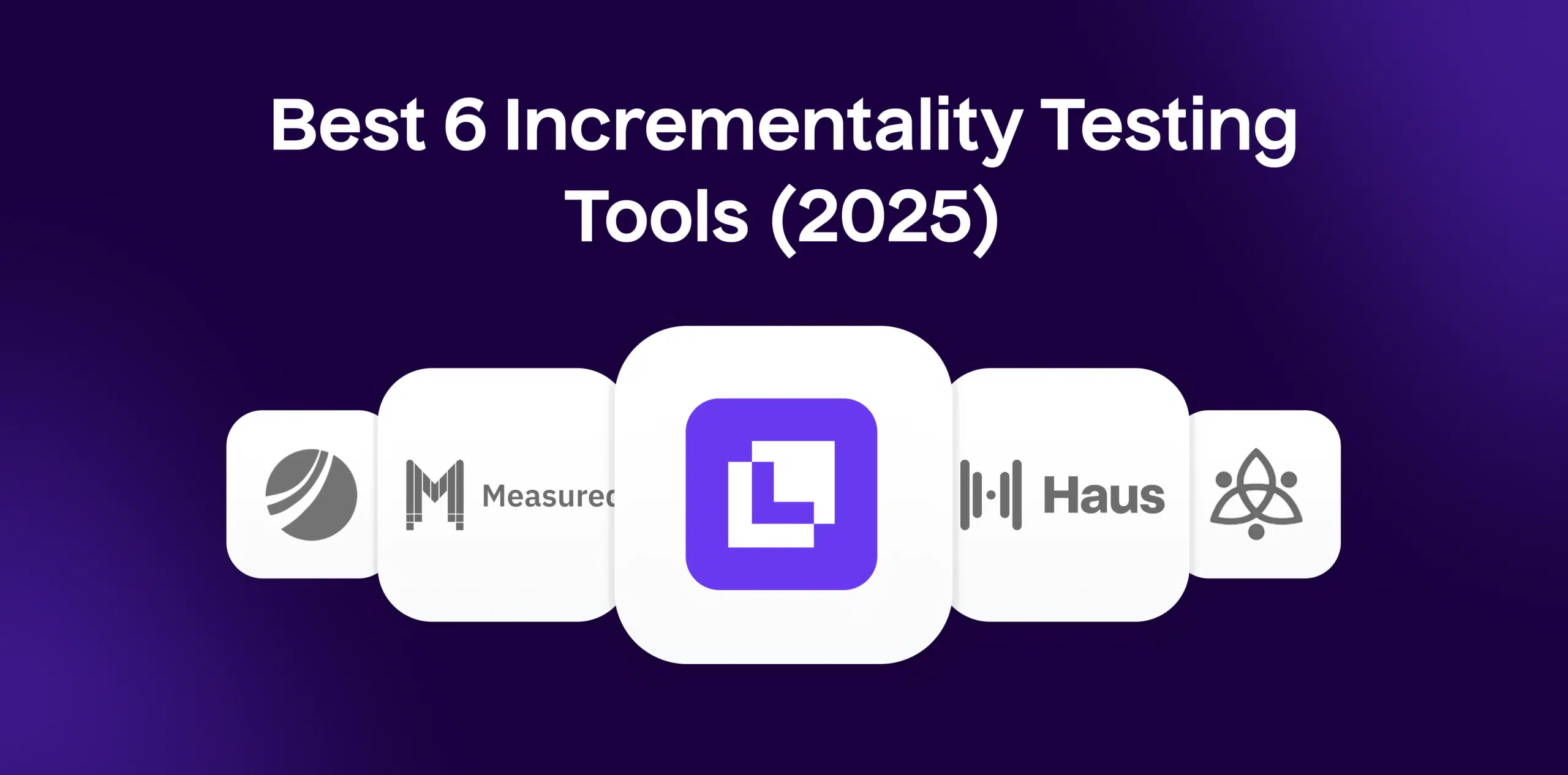What is Cross-Device Attribution?
Cross-Device Attribution is an advanced analytic approach used by marketers to determine how different advertising channels and marketing strategies contribute to customer interactions and conversions over a multiple device journey. As consumers now use numerous devices such as mobile phones, desktops, tablets, smart TVs, and wearable tech in their online/ecommerce interactions, it has become crucial to identify the role and impact of each device on the conversion path.
Formula
Example
Imagine a consumer sees an ad for a product on their mobile device during their morning commute. Later, they search for the product on their desktop at work but makes no purchase. Finally, the consumer makes a purchase using a tablet at home in the evening. In this example, a successful Cross-Device Attribution model would credit each device for its impact on the final purchase.
Why is Cross-Device Attribution important?
Cross-Device Attribution is pivotal for the following reasons:
- Customer Journey Understanding – It assists marketers in understanding the customer journey across various devices to achieve a conversion.
- Investment Decision – It aids in making informed marketing spend decisions by revealing which digital channels and devices are contributing the most to conversions.
- Personalized Experience – It allows marketers to tailor experiences based on users’ device usage patterns, increasing engagement and enhancing User Experience (UX).
Which factors impact Cross-Device Attribution?
Improving Cross-Device Attribution involves:
- Using the right attribution model – Not all conversions are the same, so it is important to use a model that suits your business, like First Touch, Last Touch, Linear, Time Decay, or Differential Attribution models.
- Machine Learning – AI and machine learning can process large sets of data, find correlations and improve the attribution model.
- Leveraging identity resolution solutions – These solutions create a unified customer profile across devices to accurately attribute conversions.
How can Cross-Device Attribution be improved?
- Cookie Blocking/Deleting – It makes tracking across devices challenging as cookies are the primary means of user identification.
- Device Fragmentation – The growing number of devices increases complexity in tracking each stage of the user journey.
What is Cross-Device Attribution’s relationship with other metrics?
Cross-Device Attribution closely relates to several ecommerce metrics:
- Return on Ad Spend (ROAS) – Effective cross-device attribution allows marketers to accurately measure ROAS by attributing the revenue to the right channels.
- Customer Acquisition Cost (CAC) – Identifying high-performing channels helps in the efficient allocation of marketing spend and reducing CAC.
- Conversion Rate – By understanding the buyer’s journey across devices, marketing strategies can be optimized to improve the conversion rate.
Free essential resources for success
Discover more from Lifesight
























































